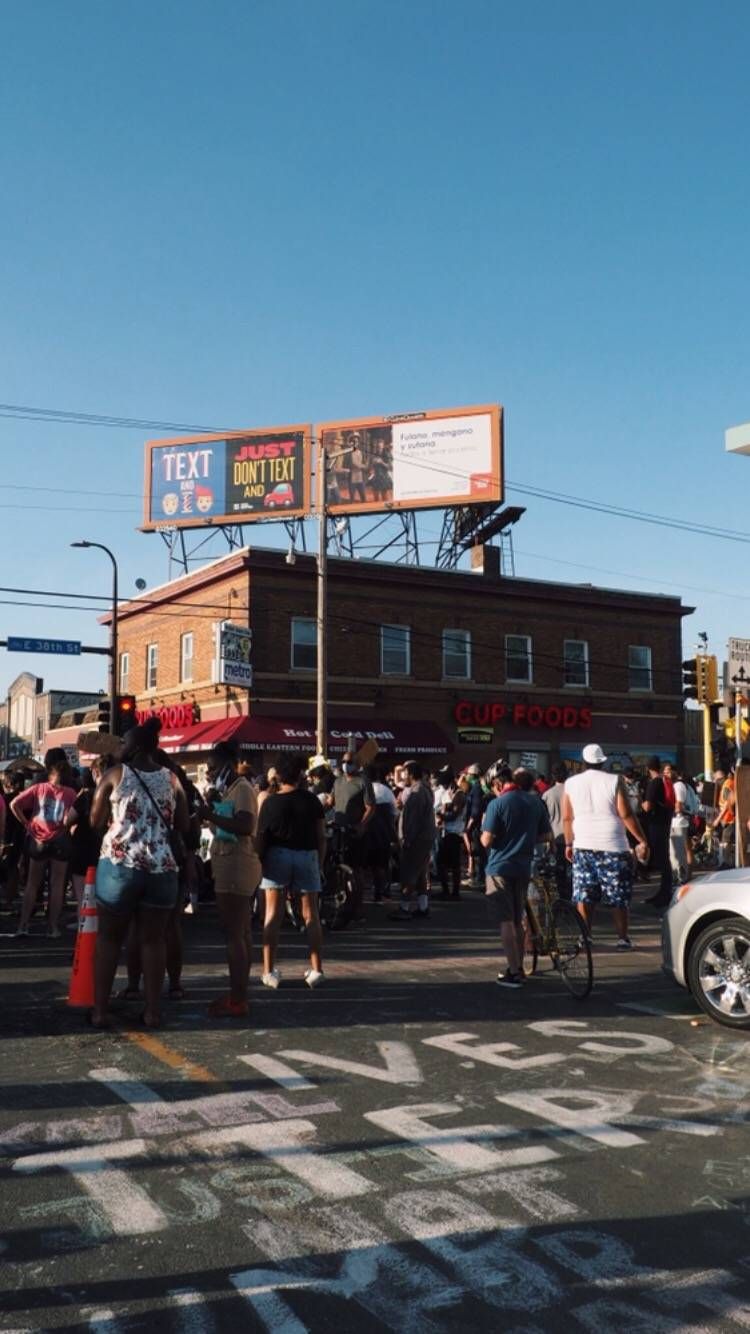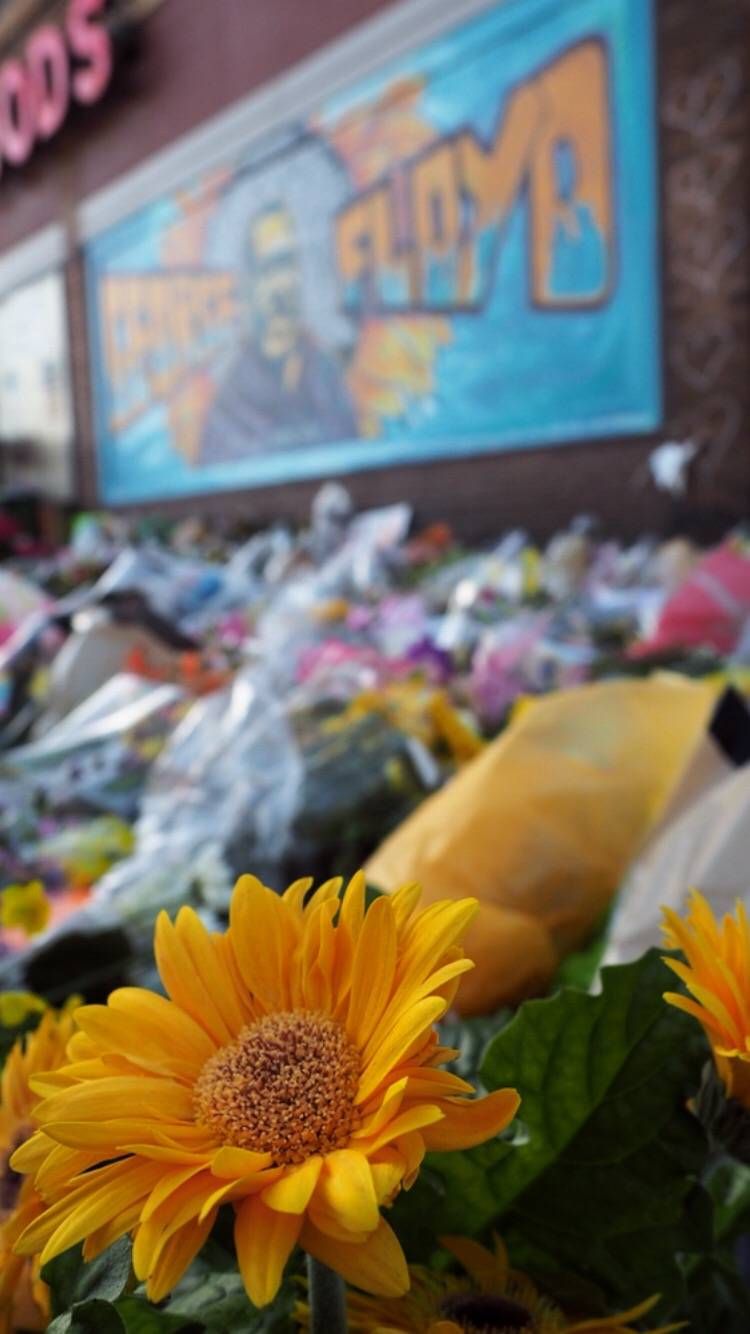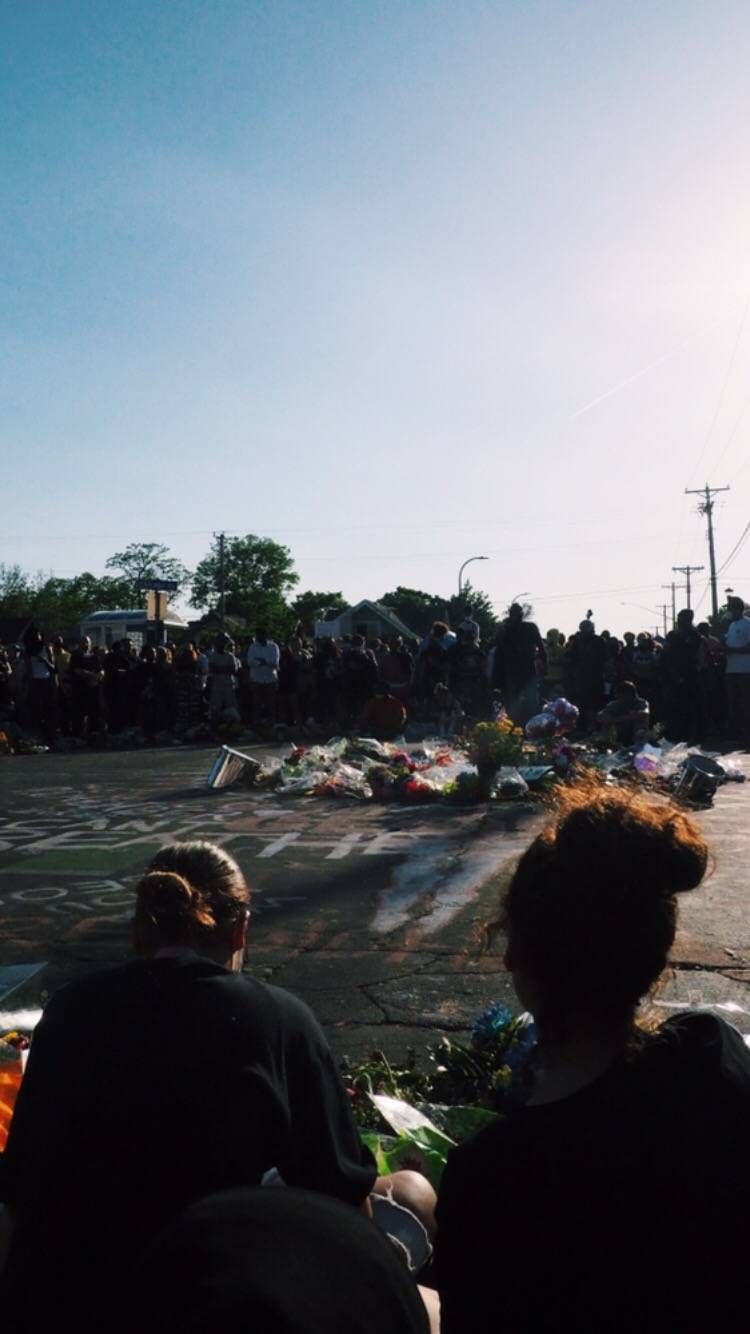To protest or not to protest during a pandemic?
That is the question facing many people who want to protest or volunteer in the wake of George Floyd's police killing.
In the aftermath of George Floyd's police killing, I was curious about how my peers were reconciling their desire to protest racial injustice with the directives to keep a distance from others during a global pandemic. Being a part of community clean-up efforts and participating in peaceful protests felt like a meaningful contribution to the movement and ultimately worth the risk of contracting COVID-19. As I moved through crowds, physically closer to strangers than I had been since mid-March, I became hyper-aware of my presence. Not only as a white person complicit in systematic racism, but as a person who could unknowingly be carrying and transferring COVID-19.
After not seeing my friends for months, I was suddenly carpooling to protests and rallies with them. While we maintained as much distance as possible between ourselves and those around us - depending on the situation - it was entirely impossible. If not for our masks and those other people wore in public, one might forget that we're still staring down a pandemic. This mindset, I recognize, is dangerous.
Equipped with hand sanitizer, sunscreen and cardboard signs, and our masks in place, we joined the masses in the streets. What we found was a collective understanding that, despite the constraints of a pandemic, the racism and violence that is ingrained in our society cannot continue. Furthermore, issues of race and the health crisis are not isolated. Medical professionals argue that white supremacy is a public health issue and that the ongoing COVID-19 crisis disproportionately affects Black and brown populations, making it all the more necessary to speak out.
While my peers and I talked about and processed the events in the community and around the country, we also discussed our thoughts and fears surrounding COVID-19. Practically speaking, I wondered how my friends confronted the risk of being teargassed, knowing that COVID-19 can cause respiratory distress? How did they continue to take part in protests and gatherings without knowing how these events would affect the public health of the community? To gain more perspective, I asked some friends to share their thoughts on protesting during a pandemic.



Photos by the author.
George Floyd’s police killing has inspired countless artists across the globe to create murals in his honor, works that also call for justice and anti-racism reform. And that’s left a lot of people wondering what will happen to the works of art – many created on temporary surfaces such as plywood panels – when communities start to rebuild. Students and professors at the University of Minnesota have created an online database that aims to catalog these expressions so they can be studied for years to come.
Taken 100 years apart, a video that captured ex-police officer killing George Floyd bears an eery resemblance to a photograph of three Black men who were lynched in Duluth in 1920. Twin Cities PBS Senior Producer Daniel Bergin reflects on what the images – one moving, one still, both disturbing – say about Minnesota’s long history of systemic racism.
A church in the Midway neighborhood of Saint Paul - one of the areas hit hard by damage after the police killing of George Floyd - has become a haven for young people who crave an opportunity to volunteer in their community. Twin Cities PBS Producer Luke Heikkila spoke to the church's leaders about how this experience might fundamentally change their community.
